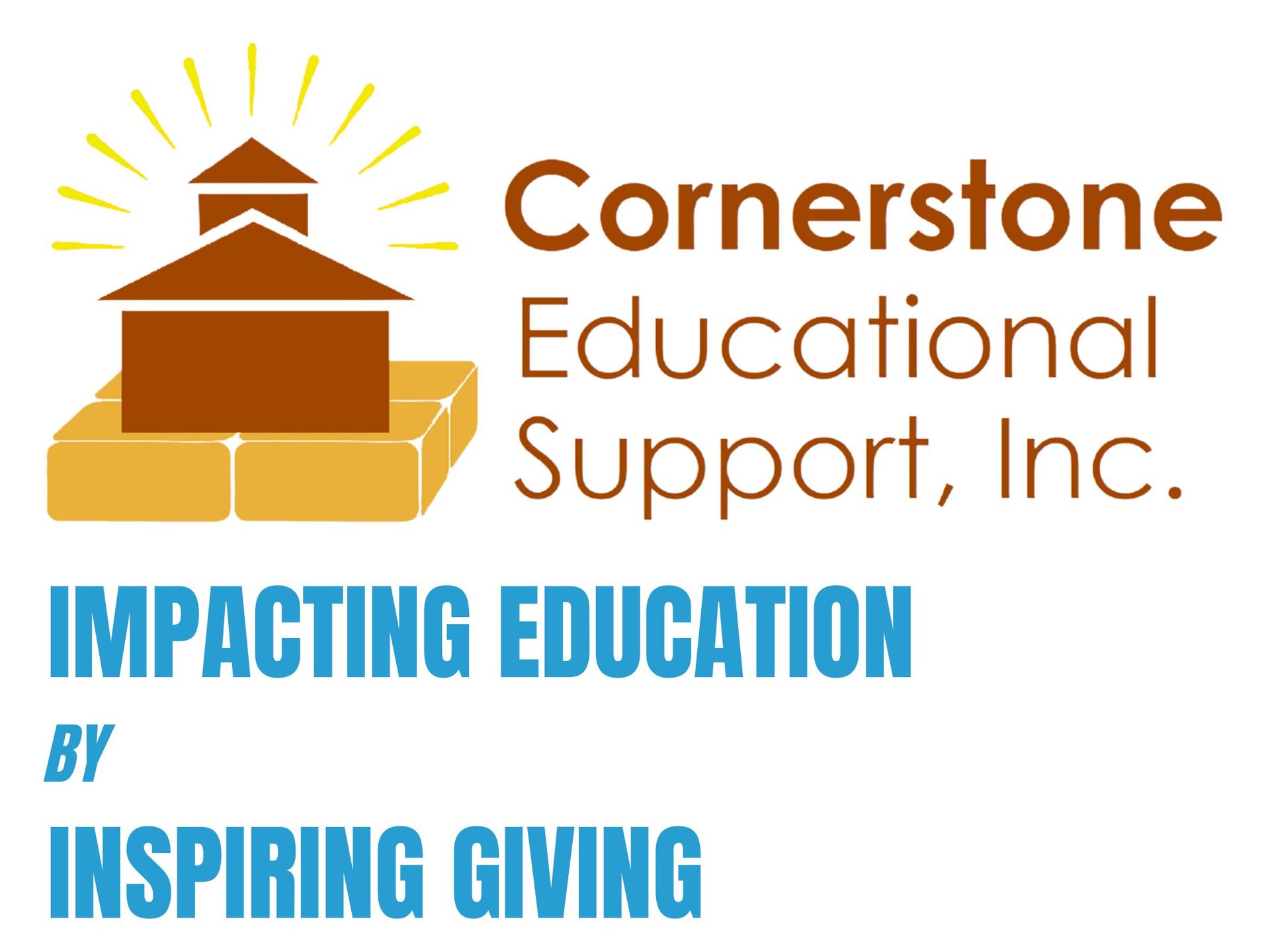The Symphony of Giving and Receiving
Have you ever thought of the harmonious balance between giving and receiving as being like a beautiful symphony? The Bible is replete with both. Nonprofits overflow with the need and opportunity of both. Life, in general, depends on the push and pull of both.
For CES to fulfill our mission, we depend on the generous giving of donors who are willing to partner with us in supporting The Cornerstone Christian School. For CES to fulfill our mission, we must receive so we may give. To successfully run this nonprofit, it is important to keep in balance both giving and receiving. If CES only ever receives but never gives, we have failed to fulfill our mission of helping to support The Cornerstone Christian School. If we only ever give and never receive… well, that is impossible. We cannot give what we have not received to give.
If sufficient individual donors do not step forward, and even if they do, we can seek grants to help support our mission. While grants can certainly be a useful tool, especially for fledgling nonprofits, it is important to do our due diligence and study the fine print, to make sure there are not burdensome conditions to the grants. Related to this, I heard an interesting parable the other day on WIHS-FM 104.9 Christian radio out of Middletown, Connecticut. Dr. Tony Evans was preaching during this particular segment. This is the gist of a tale that he shared to drive home his point.
Once there was a pig farmer who brought a slew of pigs to the market to be slaughtered. The butcher asked how the farmer obtained all his pigs. He said it was easy. He first invited all the little piglets in the area to come for free food. Those piglets brought other piglets. He offered free food day after day after day. Eventually, the mamas and papas of the piglets also started coming to enjoy the free food. Then one day the farmer added a fence to the north side. The piglets and pigs came again for the free food. Then the farmer added a fence to the east side. The piglets and pigs continued coming for free food. The farmer then added a fence to the south side. The piglets and pigs continued coming. The farmer then added a fence with an open door to the west side. Once all the piglets and pigs entered the pen, the farmer closed in the piglets and pigs to be able to bring them to the market to be slaughtered. Moral: What appears to be free may not really be free.
So, yes, our nonprofit can and will seek grants as additional sources of revenue. However, in addition to researching grants and their fine print conditions, we also must be sure to register to solicit in the state from where the grant comes.
The bottom line is that CES exists to support CCS. For us to support CCS, we need help finding generous givers who give, so that we may receive, so that we may give to CCS, so that the students and faculty of CCS may receive, so that they may be better equipped to give to their communities and the world. The rise and fall of receiving and giving goes on and on, all to the glory of the One who gave His all for all to have the opportunity to receive so that they may in turn give. Will you join us in the beautiful symphony of giving and receiving for the glory of God?
"And my God will supply every need of yours according to his riches in glory in Christ Jesus." (Philippians 4:19, ESV)

Big Dream Blog




